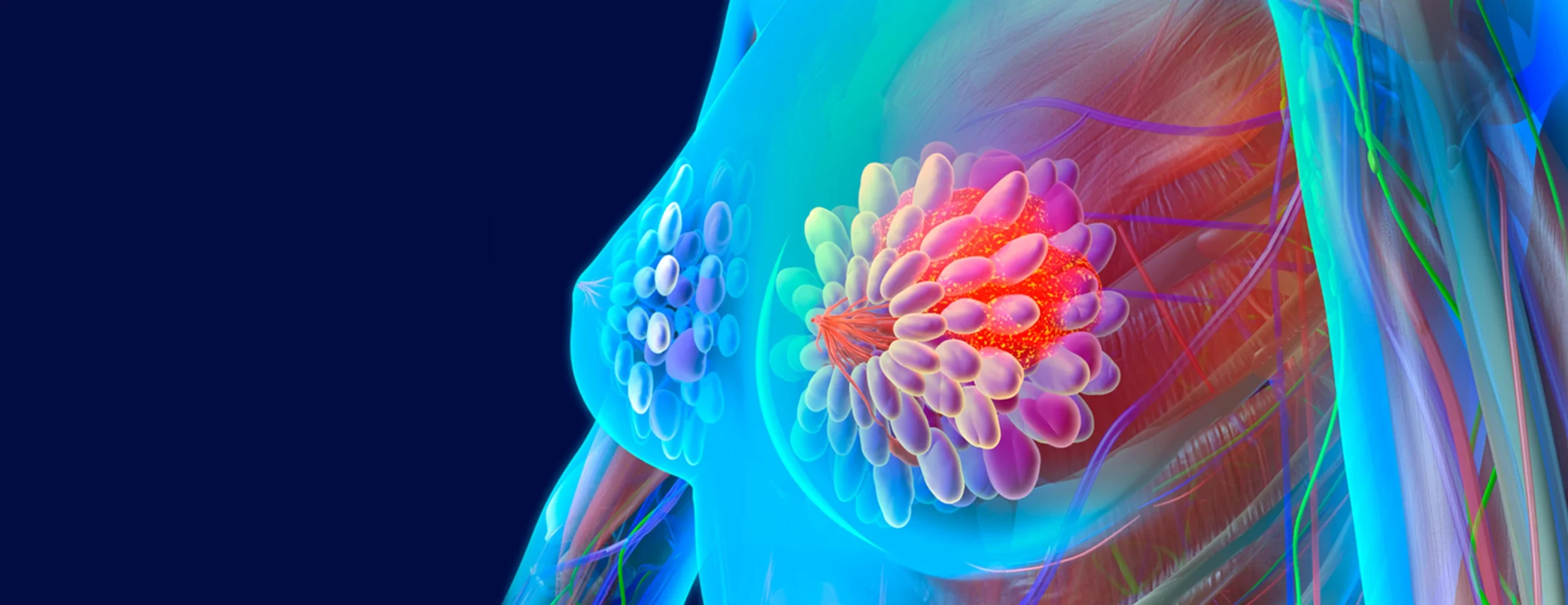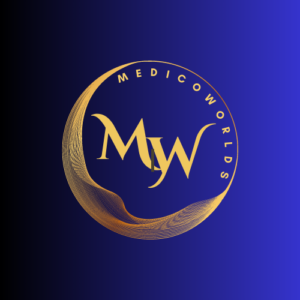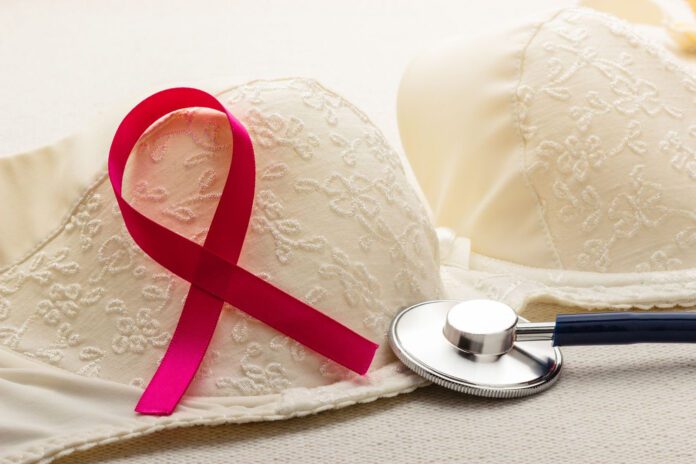Introduction:
Breast cancer is a widespread health concern that affects millions of people worldwide. While there is a wealth of information available on this subject, there are still several lesser-known facts about cancer that deserve attention. By shedding light on these lesser-known aspects, we can raise awareness and empower individuals with knowledge. In this blog post, we will explore six little-known facts about breast cancer that everyone should know.
Men Can Develop Breast Cancer Too:
 Breast cancer is commonly associated with women, but it’s essential to understand that men can also develop this disease. Although cancer in men is rare compared to women, it is still a matter of concern. Men should be aware of the signs and symptoms, such as a lump or thickening in the breast, changes in the nipple, or discharge, and seek medical attention if any abnormalities are noticed.
Breast cancer is commonly associated with women, but it’s essential to understand that men can also develop this disease. Although cancer in men is rare compared to women, it is still a matter of concern. Men should be aware of the signs and symptoms, such as a lump or thickening in the breast, changes in the nipple, or discharge, and seek medical attention if any abnormalities are noticed.Breast Cancer Can Occur at Any Age:
 While breast cancer is more prevalent in older women, it can occur at any age. Younger women, although at a lower risk, can also develop breast cancer. It is crucial to be aware of this fact and not dismiss any unusual changes in the breasts based on age alone. Regular breast self-exams, clinical breast exams, and mammograms are recommended for early detection, regardless of age.
While breast cancer is more prevalent in older women, it can occur at any age. Younger women, although at a lower risk, can also develop breast cancer. It is crucial to be aware of this fact and not dismiss any unusual changes in the breasts based on age alone. Regular breast self-exams, clinical breast exams, and mammograms are recommended for early detection, regardless of age.
Family History Isn’t the Sole Indicator of Risk:
 Having a family history of breast cancer does increase the risk, but it’s not the only factor to consider. The majority of people diagnosed with cancer have no family history of the disease. Other factors like age, hormonal factors, lifestyle choices, and genetic mutations (e.g., BRCA1 and BRCA2) can also contribute to an individual’s risk. It’s important for everyone, regardless of family history, to stay vigilant and proactive in monitoring their breast health.
Having a family history of breast cancer does increase the risk, but it’s not the only factor to consider. The majority of people diagnosed with cancer have no family history of the disease. Other factors like age, hormonal factors, lifestyle choices, and genetic mutations (e.g., BRCA1 and BRCA2) can also contribute to an individual’s risk. It’s important for everyone, regardless of family history, to stay vigilant and proactive in monitoring their breast health.
Breast Cancer is not Always a Lump:
 While breast lumps are a common symptom of breast cancer, it is essential to know that not all cancers present as a lump. Other signs and symptoms can include breast pain, skin changes (such as redness, dimpling, or thickening), nipple changes, nipple discharge (other than breast milk), and swollen lymph nodes under the arm. Any persistent changes or abnormalities in the breasts should be promptly evaluated by a healthcare professional.
While breast lumps are a common symptom of breast cancer, it is essential to know that not all cancers present as a lump. Other signs and symptoms can include breast pain, skin changes (such as redness, dimpling, or thickening), nipple changes, nipple discharge (other than breast milk), and swollen lymph nodes under the arm. Any persistent changes or abnormalities in the breasts should be promptly evaluated by a healthcare professional.
Mammograms are Crucial, Even with No Symptoms:
 Mammograms are a valuable tool for detecting breast cancer, even in the absence of symptoms. They can detect abnormalities that may not be noticeable during a physical exam. Regular mammograms are recommended for women starting at the age of 40 (or earlier if there is a higher risk), and they can significantly contribute to early detection, leading to more effective treatment options and better outcomes.
Mammograms are a valuable tool for detecting breast cancer, even in the absence of symptoms. They can detect abnormalities that may not be noticeable during a physical exam. Regular mammograms are recommended for women starting at the age of 40 (or earlier if there is a higher risk), and they can significantly contribute to early detection, leading to more effective treatment options and better outcomes.
Breast Cancer Treatment is Advancing:
Significant progress has been made in cancer treatment over the years. There are various treatment options available today, including surgery, radiation therapy, chemotherapy, targeted therapy, and immunotherapy. Furthermore, advancements in personalized medicine and genomic testing have allowed for more precise and tailored treatment plans based on the individual characteristics of the tumor. Patients must work closely with their healthcare team to explore the most appropriate treatment options for their specific diagnosis.
Conclusion:
Breast cancer continues to be a significant health concern, and raising awareness about the disease is crucial. By highlighting these six lesser-known facts about cancer, we hope to empower individuals with knowledge that can potentially contribute to early detection and better outcomes. Remember, regular breast self-exams, clinical breast exams, and mammograms are essential for early detection. If you notice any changes or abnormalities in your breasts, consult a healthcare professional promptly.https://en.wikipedia.org/wiki/Breast_cancer


